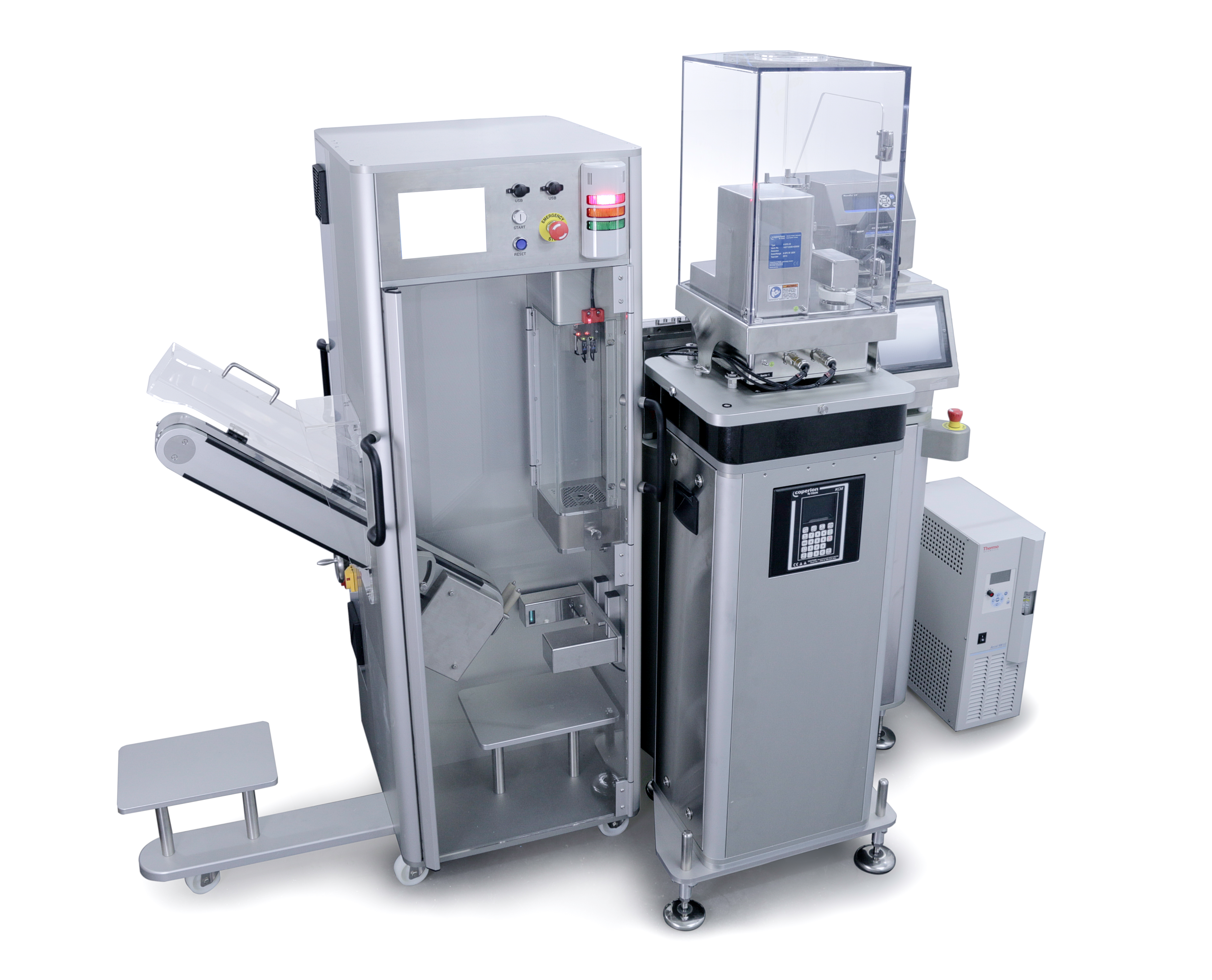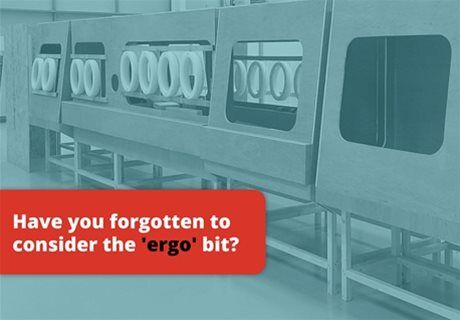Driving excellence in aseptic fill-finish: Our strategic partnership with Stäubli Robotics
At 3P innovation, we engineer automation with purpose - solutions that don’t just meet the demands of aseptic manufacturing but redefine what’s...
3 min read
David Johnson : 26 October 2020
In our previous blog post, we discussed the importance of flexibility in aseptic fill-finish production equipment, giving customers the ability to fill multiple container types and different formulations on the same equipment. Rapid changeover and cost-effective change tooling, combined with scalable processes that can be applied in a commercial setting are some of the key success factors to judge how flexible a new production solution really is.
Our fourth blog post will discuss how manufacturers can increase efficiency and productivity by optimising operator comfort and ease of interaction with the machine through ergonomic design and consideration of human factors.
Ergonomics is an applied science concerned with designing or modifying workplaces to fit the worker’s needs, creating an optimal working environment. The term ‘Ergonomics’ emerged as a scientific discipline during the late 1940’s after the innovations of World War II. The introduction of more complex technologies and military equipment during the war highlighted the issues between the demands of the human operator and the technical equipment – specifically aircraft and their illogical cockpit designs which led to numerous accidents.
Whilst military psychologists and physiologists were attempting to resolve the conflict between the lack of human capabilities and complex machinery, the need to study and understand the interactions between humans, equipment and the environment was established. As a result, the Ergonomics Research Society (ERS) was formed in 1949, which later evolved into the Chartered Institute of Ergonomics & Human Factors. Today, ergonomics has become a fundamental part of the design processes in aseptic manufacturing.
As the demand for more advanced aseptic manufacturing technologies increases, manufacturers are faced with the challenge of creating new and more complex designs that address cGMP regulations and output requirements, whilst also meeting the needs of the operator. Successful ergonomic designs will remove incompatibilities between the operator and the system, increasing efficiency and productivity of the manufacturing processes. According to the Washington State Department of Labour & Industries, the most successful solutions can improve productivity by 25% and reduce errors by 67%. In comparison, the absence of ergonomic design consideration will lead to design flaws, resulting in costly and time-consuming re-designs or a sub-optimal solution that directly affects productivity and operator morale.
To avoid this, a strong working partnership between the customer and equipment manufacturer is crucial to explore and proactively define the key interactions between the operator and all elements of the product, the manufacturing process and the operating environment. In the world of aseptic manufacturing, the use of ergonomic design principles must typically be applied to isolators, RABS and other containment solutions in conjunction with the process equipment contained within.
Creating full-scale system mock-ups is an invaluable process for developing new machine solutions and technologies. Mock-ups provide a cost-effective solution to determine whether the operator can interact with all machine components with ease, reach all areas for cleaning and, where relevant, also ensure uni-directional airflow is not restricted or compromised. For example, choosing the wrong shape of glove port or placement in the wrong position can have a huge impact on productivity and efficiency, creating an uncomfortable and difficult experience for the operator. A simple, physical mock-up enables operators to ‘test out’ isolator designs and determine whether processes such as size change and cleaning can be carried out easily wearing gloves or using other tools as necessary.
Mock-ups allow aseptic equipment suppliers and customers to positively influence the design process, improving customer confidence and helping to ensure top quality production solutions are completed on time.
Ergonomic solutions can also contribute significantly to improving product quality and to operator health and safety by minimising the risk of injuries. Any operator finding it difficult to operate a machine or equipment will become frustrated and fatigued, which leads to mistakes being made and reduced product quality. Reducing risk factors and operator discomfort will boost employee morale, creating a more efficient working environment and increase overall productivity.
In conclusion, ergonomic design and consideration of human factors are essential ingredients in aseptic manufacturing process design, directly contributing to a ‘Right First Time’ philosophy. Applied successfully, it helps to optimise product quality and productivity, whilst addressing the safety and motivational needs of operators and maintenance staff.
At 3P, we help customers to develop drugs and devices by supplying proven, modular fill-finish technologies and machine solutions that can be customised and adapted to suit specific customer needs in sterile production. The application of ergonomics and human factors is applied rigorously in our design process and helps ensure continued customer satisfaction and top performance from our aseptic processing solutions.
Visit our website to discover more about our aseptic manufacturing solutions:

At 3P innovation, we engineer automation with purpose - solutions that don’t just meet the demands of aseptic manufacturing but redefine what’s...

Pharmaceutical extrusion is a critical enabler in the manufacture of advanced drug delivery systems, from long-acting injectables to solid implants....

Before delving into some technical details of cell and gene therapy manufacturing, it’s worth pausing to reflect on the human stories that drive this...
